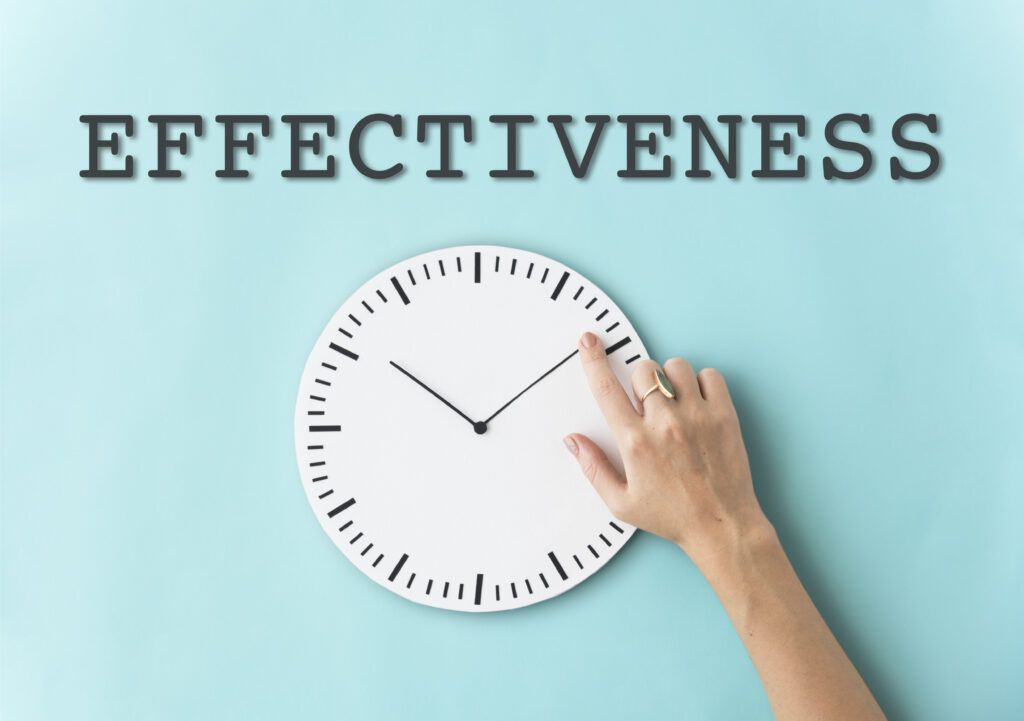
In the world of fitness and health, the debate between walking and running has been a long-standing one. Both forms of exercise offer their unique benefits and advantages, making it essential to understand which one may be more suitable for your individual needs. In this article, we will explore the various aspects of the walking vs. running debate, including health benefits, impact on mental well-being, calorie burns, joint health, time efficiency, and the potential benefits of combining both activities. Let’s delve into the great debate with the following outline:
- The Great Debate: Which Is Better, Walking or Running?
- Health Benefits Showdown: Walking vs. Running
- Mind Matters: How Walking and Running Impact Mental Well-being
Now, let’s explore each of these points in more detail.
Health Benefits Showdown: Walking vs. Running
When it comes to comparing the health benefits of walking and running, both activities offer a plethora of advantages.
Walking: Walking is a low-impact exercise that is gentle on the joints, making it suitable for individuals of all fitness levels. It can improve cardiovascular health, strengthen muscles, and help maintain a healthy weight. Additionally, regular walking is associated with a reduced risk of chronic diseases such as heart disease, diabetes, and stroke.
Running: On the other hand, running is a high-impact exercise that can significantly boost cardiovascular fitness and improve endurance. It burns more calories per minute compared to walking, making it an excellent choice for those looking to lose weight or maintain a healthy body composition. Running also releases endorphins, which can enhance mood and reduce stress levels.
Weight Management Wonders: Comparing the Calorie Burns of Walking and Running
One of the key factors to consider in the walking vs. running debate is the calorie burn of each activity.
Calorie Burn Comparison: While the exact number of calories burned during walking or running can vary based on factors such as speed, intensity, and individual body composition, running typically burns more calories per minute compared to walking. This can make running a more efficient option for those looking to maximize their calorie burn within a shorter time frame.
Long-term Weight Management: For weight management purposes, both walking and running can be effective when combined with a healthy diet. However, individuals aiming to shed excess pounds may benefit from incorporating higher-intensity running intervals into their workout routine, alongside regular walking sessions for overall fitness maintenance.
Joint Journeys: Assessing the Impact on Joint Health
The impact on joint health is a crucial consideration when evaluating the benefits of walking and running.
Joint Health Impact: Walking is generally considered a low-impact exercise that is gentle on the joints, making it a suitable choice for individuals with arthritis or joint pain. Running, on the other hand, involves repeated impact and can place more stress on the joints, especially the knees and hips. Proper footwear, running technique, and surface selection are essential factors to minimize the risk of joint injuries while running.
Stay tuned for the next section where we will delve into the mental well-being aspects of walking and running.
Mind Matters: How Walking and Running Impact Mental Well-being
The mental health benefits of walking and running extend beyond just physical fitness, offering unique advantages for overall well-being.
Boosting Mood: Both walking and running have been shown to boost mood and alleviate symptoms of stress, anxiety, and depression. Exercise releases endorphins, also known as “feel-good” hormones, which can help improve mood and reduce feelings of fatigue and tension. Whether you choose to go for a brisk walk in nature or lace up your running shoes for a jog, the mental health benefits are undeniable.
Stress Relief: Engaging in regular physical activity, whether through walking or running, can act as a natural stress reliever. The rhythmic movement and focus required during exercise can help clear the mind, improve concentration, and promote relaxation. Taking a break from the daily hustle and bustle to step outside for a walk or run can provide a much-needed mental reset.
Time Crunch? Finding the Best Fit for Your Busy Schedule
In today’s fast-paced world, finding time for exercise can be a challenge. When comparing walking and running in terms of time efficiency, it’s essential to consider your schedule and fitness goals.
Time Efficiency: Walking is a convenient form of exercise that can be easily incorporated into daily routines. Whether you choose to walk during your lunch break, commute to work, or stroll around the neighborhood in the evening, every step counts towards improving your health. On the other hand, running may require more dedicated time and effort due to its higher intensity and impact.
Finding Balance: If you’re facing time constraints but still want to reap the benefits of both walking and running, consider incorporating interval training or combining the two activities. Interval training involves alternating between periods of higher intensity (such as running) and lower intensity (such as walking), providing a balanced workout that can be both time-efficient and effective.
The Golden Middle Ground: Combining Walking and Running for Optimal Health
For many individuals, the key to optimal health and fitness lies in finding a balance between walking and running. By incorporating both activities into your weekly routine, you can enjoy the unique benefits of each while minimizing the potential drawbacks.
Balanced Workout Routine: Combining walking and running allows you to reap the benefits of both low-impact endurance exercise and high-intensity cardiovascular training. By alternating between the two activities or incorporating them into different days of the week, you can achieve a well-rounded workout routine that promotes overall health and fitness.
Listen to Your Body: It’s essential to listen to your body and adjust your exercise routine based on how you feel. If you’re experiencing joint pain or fatigue from running, consider supplementing with more walking or reducing the intensity of your runs. Remember that consistency is key, and finding a routine that works for you is crucial for long-term success.
In the next section, we will summarize the key points of the walking vs. running debate and explore the potential benefits of incorporating both activities into your lifestyle.
The walking vs. running debate is not about determining which activity is superior but rather understanding how each can contribute to your overall health and well-being.
By balancing the unique benefits of walking and running, you can create a comprehensive fitness routine that addresses various aspects of physical and mental health. Whether you prefer the gentle pace of walking or the invigorating stride of running, both activities offer valuable advantages that can be tailored to your individual preferences and goals.
Remember to listen to your body, stay consistent with your exercise routine, and make adjustments as needed to support your long-term health and fitness journey. Whether you choose to walk, run, or combine both activities, the most important thing is to prioritize movement, enjoy the process, and take proactive steps towards enhancing your overall quality of life.
Embrace the versatility of walking and running, explore the benefits of each, and discover a personalized approach that works best for you. With a holistic mindset towards health and wellness, you can thrive in both body and mind, one step at a time.






